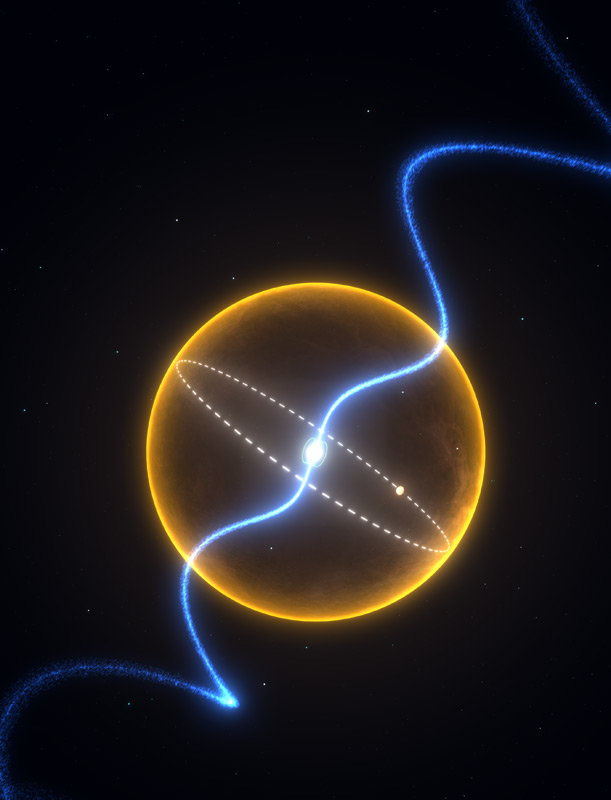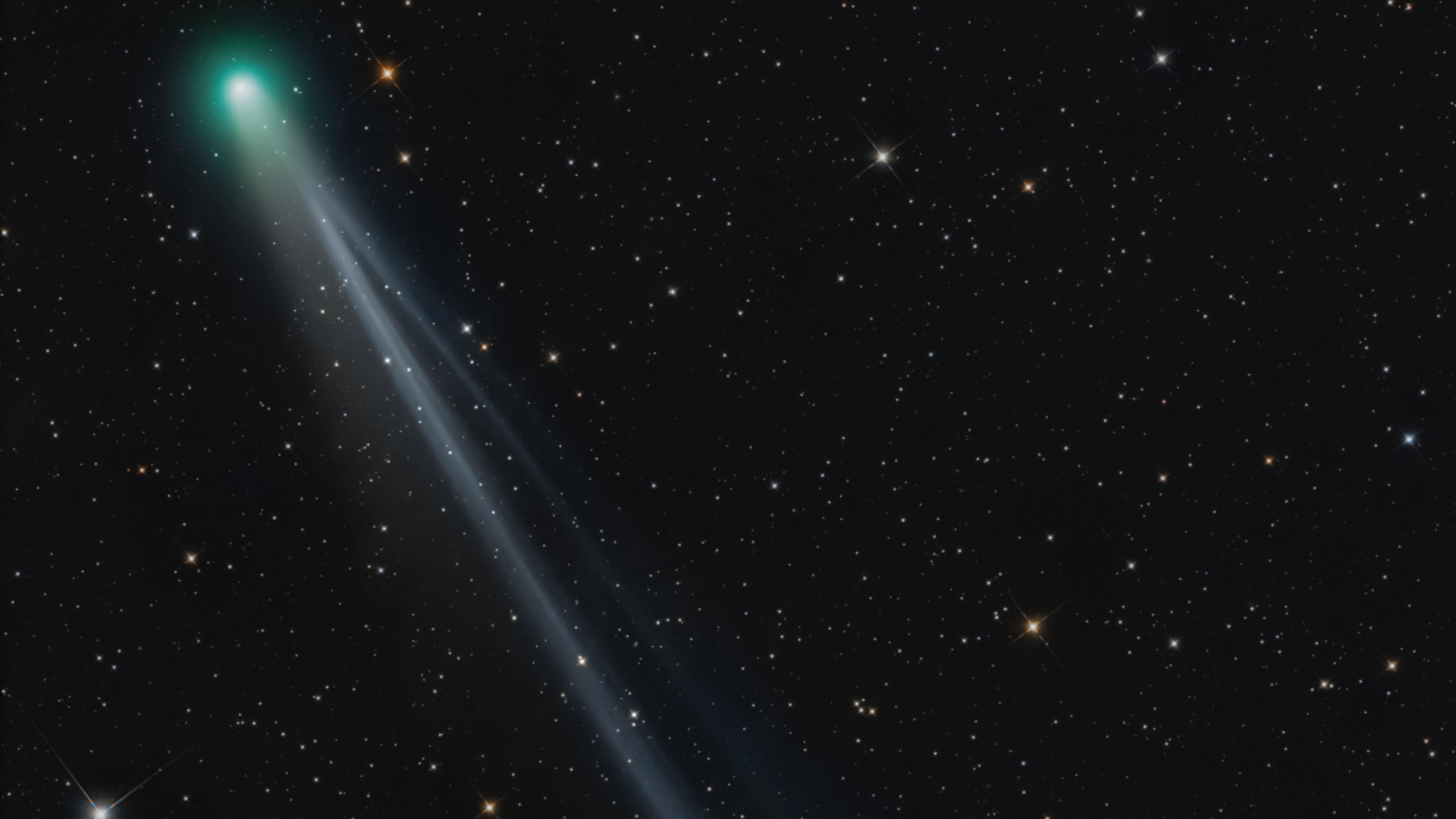Surprise! Alien Planet Made of Diamond Discovered

A newly discovered alien planet that formed from a dead star is a real diamond in the rough.
The super-high pressure of the planet, which orbits a rapidly pulsing neutron star, has likely caused the carbon within it to crystallize into an actual diamond, a new study suggests.
The composition of the planet, which is about five times the size of Earth, is not its only outstanding feature. [Illustration of the diamond alien planet]
The planet's parent star is a special kind of flashing star known as a millisecond pulsar, a rapidly rotating neutron star formed from a supernova. The entire system, which is only the second of its kind ever discovered, is located about 4,000 light-years from Earth in the constellation of Serpens (The Snake).
A gem of a find
Seventy percent of millisecond pulsars found have a companion, which provides additional energy to ramp up the pulsars' rapid rotation. Generally, this companion is a dying star called a white dwarf; more than 180 millisecond pulsars have been found with white dwarfs over the years.
Theonly planet known to be orbiting in such a system was detected in 1992 — until now."The pulsar was found in December 2009," lead scientist Matthew Bailes of Swinburne University of Technology in Melbourne, Australia, told SPACE.com via email."We've been on the trail of the companion ever since." [The Strangest Alien Planets]
Breaking space news, the latest updates on rocket launches, skywatching events and more!
From the ashes of a supernova
Known as PSR J1719-1438, this particular pulsar completes more than 10,000 rotations in a minute. Tiny and compact, it's only about 12 miles (20 kilometers) across, but it has a mass that is 1.4 times that of our sun.
PSR J1719-1438 transformed from an average star to a radio pulsar when a dying star in a binary system exploded. The compact core of the star formed with a very high rotation speed from the ashes of the supernova.
When the second star in the system reached the end of its life, it expanded as a red giant and finally morphed into a white dwarf. The pulsar began to suck mass off its companion, causing the pulsarto spin faster and faster until it attained its breakneck speed.
From dying star to diamond planet
What happened next depends on the system. Most white dwarfs continue to orbit the new millisecond pulsar, but some are consumed by it.
"The fate depends upon the mass of the white dwarf and how far it is from the pulsar," Bailes said.
If it is both close and massive, the two spiral together. Astronomers assume this is what happened to the 30 percent of millisecond pulsars found without a companion. [Top 10 Star Mysteries]
In the case of the diamond planet, astronomers think that the core of the white dwarf failed to merge completely with its companion.
"When they got very close, the star lost a lot of its matter and moved out to its safe distance of about a solar radius," Bailes said.
Now tiny, having lost more than 99.9 percent of its original mass and no longer engaged in the fusion reactions that drive a star, the dead core is classified as a planet.
Ironically, the star-turned-planet is larger than its sun. With a diameter of about 37,300 miles (60,000 km), it's five times the size of Earth, but 3,000 times larger than the millisecond pulsar it orbits.
The planet itself orbits the pulsar in a little more than two hours. The entire system would fit within the diameter of our sun.
The research was published online in the Aug. 25 edition of the journal Science.
Visit SPACE.com for the latest in space science and exploration news on Twitter @Spacedotcom and onFacebook.
Join our Space Forums to keep talking space on the latest missions, night sky and more! And if you have a news tip, correction or comment, let us know at: community@space.com.

Nola Taylor Tillman is a contributing writer for Space.com. She loves all things space and astronomy-related, and always wants to learn more. She has a Bachelor's degree in English and Astrophysics from Agnes Scott College and served as an intern at Sky & Telescope magazine. She loves to speak to groups on astronomy-related subjects. She lives with her husband in Atlanta, Georgia. Follow her on Bluesky at @astrowriter.social.bluesky
